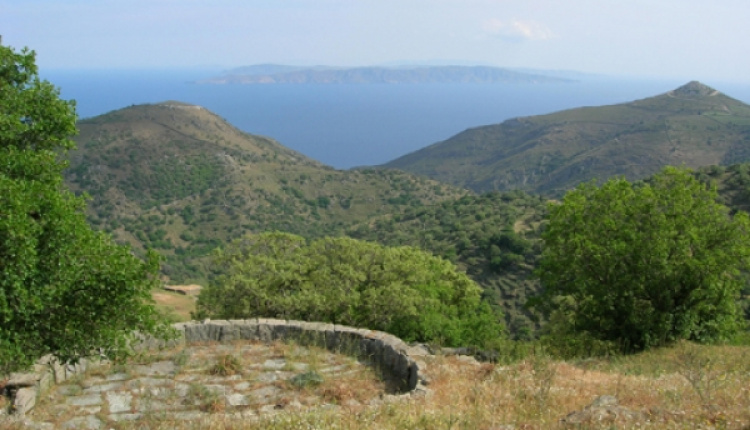Kea (Tziá)
- by XpatAthens
- Wednesday, 18 February 2015

Visit the exhibits evidencing prehistoric human life in the Neolithic settlement of Kefalá (3,300-3,200 BC) and in the early Cycladic settlement of Ayia Irene. The monastery of Panayia Kastriani (18th century) to the northeast is built on precipitous rocks, and offers an imposing panoramic view. In Kea’s waters lies the wreck of the Britannic, sister ship to the Titanic, a favourite destination for tourists who enjoy diving.
In July the Tale Festival is held: fabulists from all over the world come here to enchant children and grown-ups with their stories. Cultural events including theatrical shows, concerts and sports events are the attraction between August 1-19 in Ioulis.
Source: Visitgreece.gr



